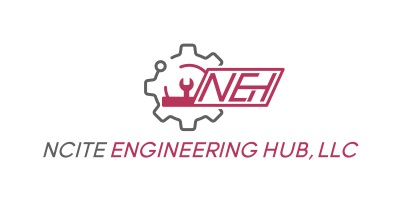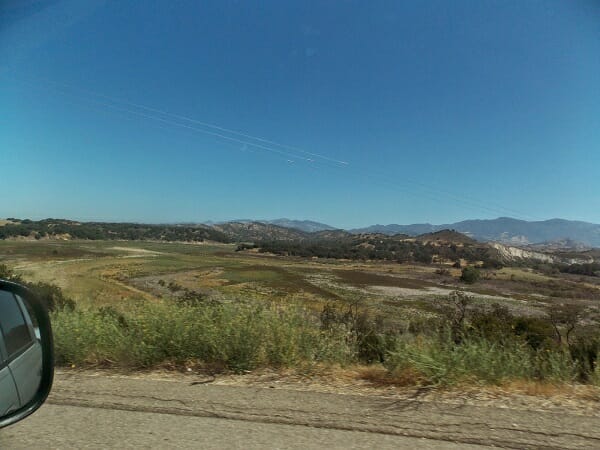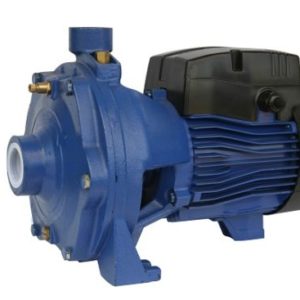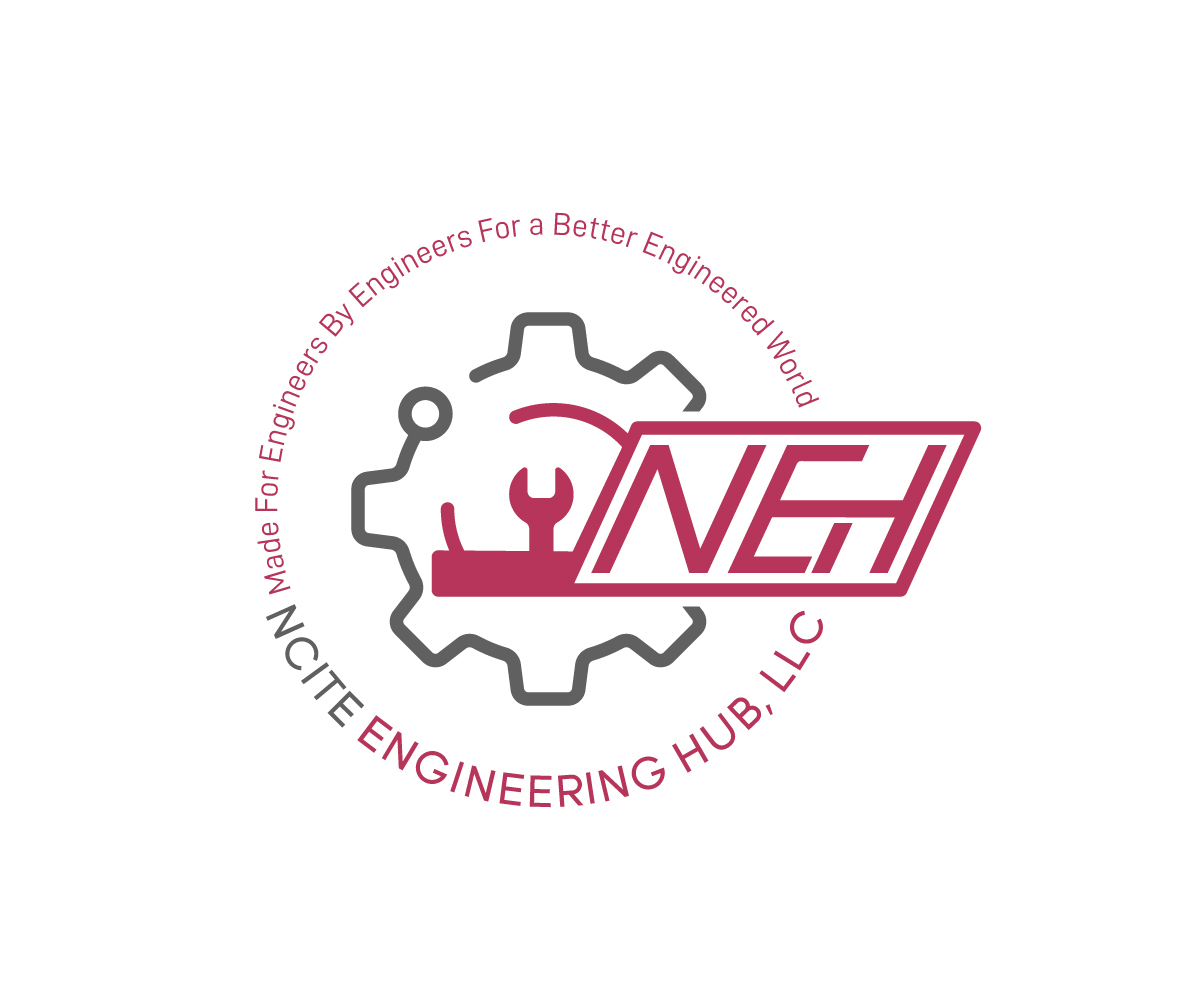Subtotal: $100.00
E – 1563 Limbo Lands to Energy-Generating Stations
$75.00
Courses Included
This online engineering PDH course discusses the potential for using “Limbo Lands” as sites for renewable energy generating stations. Limbo Lands are underused, formerly contaminated sites, and include former Superfund sites, landfills, brownfields, abandoned mine lands, former industrial sites, and certain government installations. The course describes types of Limbo Lands that are ready for redevelopment and their feasibility with renewable energy technologies (RETs). The course discusses reasons for considering RETs (and which ones) as a redevelopment option on Limbo Lands, describes the geographic screening process, identifies high-potential limbo land sites for RET redevelopment, includes discussion of two specific types of Limbo Lands: brownfields and abandoned mine lands, and provides conclusions and recommendations.
This course is based on the Environmental Protection Agency document, “ Converting Limbo Lands to Energy-Generating Stations: Renewable Energy Technologies on Underused, Formerly Contaminated Sites,”
EPA/600/R-08/023, written by Gail Mosey, et al, October, 2007.
Description
This online engineering PDH course discusses the potential for using “Limbo Lands” as sites for renewable energy generating stations. Limbo Lands are underused, formerly contaminated sites, and include former Superfund sites, landfills, brownfields, abandoned mine lands, former industrial sites, and certain government installations. The course describes types of Limbo Lands that are ready for redevelopment and their feasibility with renewable energy technologies (RETs). The course discusses reasons for considering RETs (and which ones) as a redevelopment option on Limbo Lands, describes the geographic screening process, identifies high-potential limbo land sites for RET redevelopment, includes discussion of two specific types of Limbo Lands: brownfields and abandoned mine lands, and provides conclusions and recommendations.
This course is based on the Environmental Protection Agency document, “ Converting Limbo Lands to Energy-Generating Stations: Renewable Energy Technologies on Underused, Formerly Contaminated Sites,”
EPA/600/R-08/023, written by Gail Mosey, et al, October, 2007.
- Reasons for considering RETS as a redevelopment option on limbo lands
- Process for geographic screening of limbo lands
- Identification of high-potential limbo lands for redevelopment using RETS
- Wind power considerations and resource availability
- Solar power
- Biomass
- Other types of limbo lands – brownfields and abandoned mine lands


 E 1102 Valve Fundamentals
E 1102 Valve Fundamentals 


